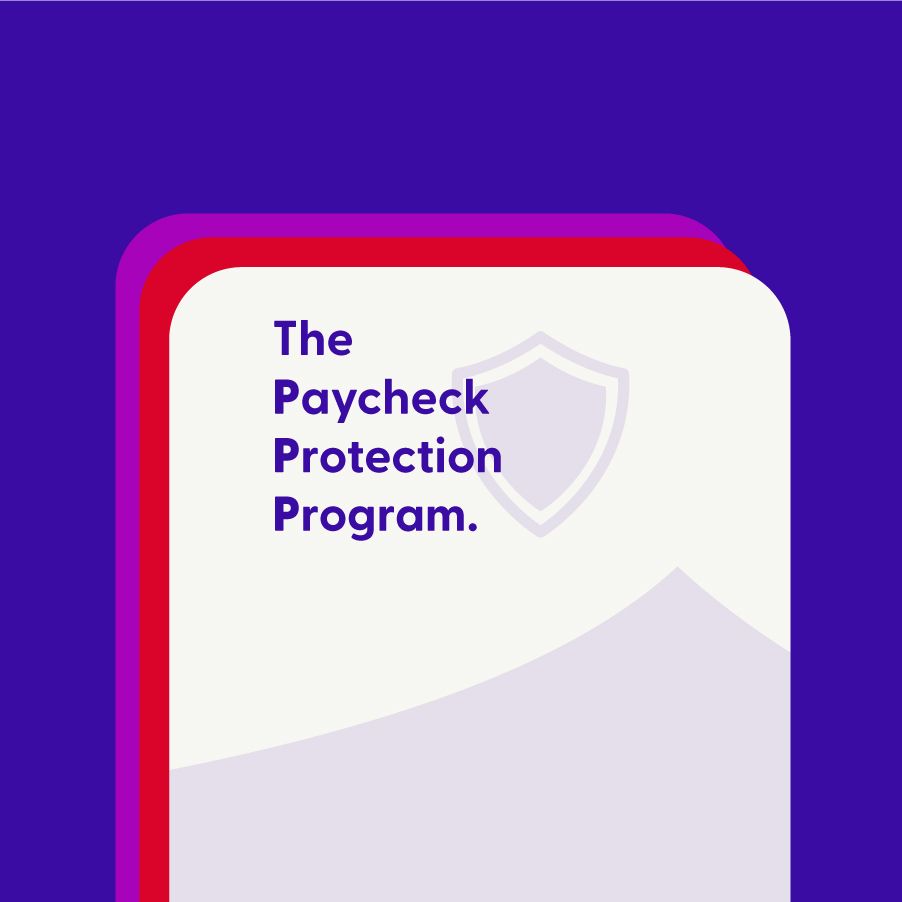Calling all freelancers! If you haven’t applied for PPP funding, now is the time to take action. Find out if you qualify and submit an application with an approved lender.
Important Note: All eligible businesses and self-employed people can submit Paycheck Protection Program (PPP) applications to participating lenders. The PPP application deadline is March 31, 2021. Congress may extend the March 31 application deadline. Stay updated with the SBA.
After months of deliberation, Congress finally approved an additional $900 billion dedicated to COVID-19 relief package on December 27, 2020. Included in this bill was an additional $284 billion for the Paycheck Protection Program (PPP), the federal loan program established in response to the devastating economic effects of the COVID-19 pandemic.
As a freelancer, weathering the day-to-day ups and downs of the gig economy can be difficult enough as is. When you throw in the uncertainty of a long-term pandemic, you may be wondering how you’re going to make it through. Don’t worry, you’re not alone!
Read on to learn more about the second round of PPP funding and how to apply as a self-employed individual. And if you're looking for tools to help you stay organized and get paid quickly, check out what Indy can offer!
Can Freelancers and Contractors Apply for the PPP?
Yes! If you have suffered economic hardships as a result of the pandemic, you can now apply for the second round of PPP Loans.
In the first round of PPP loans, it was difficult for self-employed individuals to secure a loan.
Now, sole proprietors, freelancers, independent contractors, and self-employed individuals can apply for PPP funding more easily.
The Biden-Harris administration has made concentrated efforts to ensure small businesses with less than 20 employees have access to apply for PPP funding. Now, self-employed individuals and businesses of 20 employees or fewer will be able to use gross income instead of net profit to apply for PPP funding, which opens up the opportunity for larger loans for applicants who don’t record as much net profit on their Schedule C.
Self-employed individuals and businesses of 20 employees or fewer will be able to use gross income instead of net profit to apply for PPP funding
To qualify for a PPP Loan as a freelancer, you’ll need to meet the following qualifications:
- Your business must have been in operation prior to February 15, 2020
- Must file a Form 1040, Schedule C, Profit or Loss From Business, for 2019
- Must have income from work as an independent contractor or from self-employment
- Must show a net profit for 2019
- Must live in the United States
All eligible self-employed people can apply for the second round of PPP loans from March 10 through March 31, so it’s best to apply early!
PPP Requirements for Self-Employed Applicants
If you’re self-employed and planning on applying for the second round of PPP Loans, here’s what you need to know:
- Freelancers should use Form 1040, Schedule C to provide proof of their income.
- If you want to apply for a Second Draw PPP Loan, you must show that you’ve had a 25% or more drop in revenue from any quarter in 2020.
- You can use either 2019 or 2020 payroll numbers on your loan application. If your income was higher in 2019, you should use that year’s income.
One of the key requirements for PPP Loan applications for the self-employed is that the maximum amount you can apply for is 2.5 times your payroll during the one-year period preceding the loan. This can be forgiven but you must use the funds appropriately and carefully document the 8 weeks following the loan disbursement.
There are two additional PPP requirements for you to consider. Self-employed applicants without employees have what the SBA calls an Owner Compensation Replacement. This is money allocated for self-employed workers to use as a payroll source.
To calculate Owner Compensation Replacement funds you can receive, you’ll multiply your reported net income on a 2019 Schedule C by 0.208, or 2.5/12. This amount is what you may receive as an entire PPP loan.
Secondly, self-employed individuals who own multiple businesses can receive a maximum of $20,833 in owner compensation. This amount remains unchanged from the previous PPP loan.
Loan Forgiveness Requirements
PPP Loans for self-employed individuals have a length of up to two years, with deferred payments of six months. One of the most significant aspects of the PPP is that these loans are forgivable when used on qualifying expenses within the such as:
- Mortgage interest
- Payroll and benefits
- Rent
- Utilities
- Debt interest
- Accounting
- Cloud computing
- Human resources
- Personal protective equipment (PPE)
- Supplier costs for goods essential to business operation
- Uninsured property damage costs (caused by looting or vandalism in 2020)
- Utilities
- Worker protection costs related to COVID-19
Although you can use PPP funds for different business-related costs, there are some things you can’t use the loan on:
- Contract workers (with your own PPP funds)
- Health insurance premiums or retirement benefits
- Purchasing new equipment or property
- Inventory
- Other debt payments
- Using more than 25% of your total PPP Loan on non-payroll costs
You may choose to use your Owner Compensation Replacement funds for these purposes, but if you use PPP funds, this portion of the funds won’t qualify for forgiveness.
While you have a maximum amount to keep in mind, it’s also important to know how many weeks you have to spend your loan money. As a borrower, you’ll have between 8 and 24 weeks to spend your PPP Loan funds.
Where to Apply for PPP Loans?
There are currently over 1,800 pre approved banks and lending institutions to which you can submit a PPP application. Check out the SBA’s eligible list of PPP lenders.
Before you apply, make sure you have the following income and bookkeeping details available:
- 2019 or 2020 tax returns
- Federal Tax Identification Number (EIN or SSN)
- Payroll tax filings
- 1099s-MISC records
- Income records using Indy’s simplified invoicing tracking
- Expense records
A PPP Loan could make a huge difference in your life as a freelancer—but only if you submit your application on time. Take action now by submitting an application with an approved lender.




